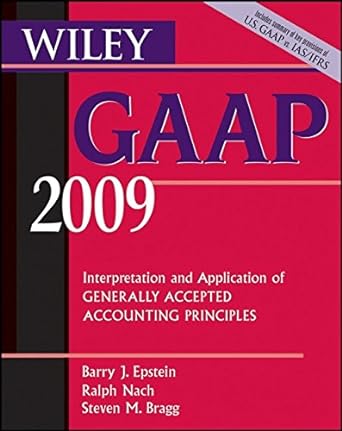Answered step by step
Verified Expert Solution
Question
1 Approved Answer
1. What is the expected added profit from the Challenger line? 2. What is the expected impact of cannibalization of existing sales? 3. What costs
1. What is the expected added profit from the Challenger line? 2. What is the expected impact of cannibalization of existing sales? 3. What costs will be incurred on a one-time basis only? 4. What are the additional assets and related carrying costs? 5. What is the overall impact on the company in terms of (a) profits, (b) return on sales, (c) return on assets, and (d) return on equity? 6. What are the strategic risks and rewards? 7. What should Ms. Leister do? Why? BALDWIN BICYCLE COMPANY Exhibit 1. Financial Statements (thousands of dollars) Balance Sheet (as of December 31) Assets Liabilities and Owners' Equity Cash $342 Current liabilities $3,478 Accounts receivable 1,359 Non-current liabilities 1.512 Inventories 2,756 Total liabilities 4,990 Plant and equipment (net) 3.635 Owners' equity 3.102 $8,092 $8,092 INCOME STATEMENT For the Year Ended December 31 Sales revenues $10,872 Cost of sales 8,045 Gross margin 2,827 Other expenses 2,354 Income before taxes 473 Income tax expense 218 Net income $255 Exhibit 2. Data Pertinent to Hi-Valu Proposal Notes Taken by Suzanne Leister 1. Estimated first-year costs of producing Challenger bicycles (average unit costs, assuming a constant mix of models): Materials Direct labor Overhead (@ 125% of direct labor) $39.80 * 19.60 24.50 # $83.90 Includes items specific to models for Hi-Valu, not used in our standard models. Accountant says about 40 percent of total production overhead cost is variable; 125% of DL$ rate is based on volume of 100,000 bicycles per year. 2. One-time added costs of preparing drawings and/or arranging sources for fenders, seats, han- dlebars, tires, and shipping boxes that differ from those used in our standard models; approxi- mately $5,000. 3. Unit price and annual volume: Hi-Valu estimates it will need 25,000 bikes a year and proposes to pay us (based on the assumed mix of models) an average of $92.29 per bike for the first year. Contract to contain an inflation escalation clause such that price will increase in propor- tion to inflation-caused increases in costs shown in item 1, above; thus, the $92,29 and $83.90 figures are, in effect, "constant-dollar" amounts. Knott intimated that there was very little, if any, negotiating leeway in the $92.29 proposed initial price. 4. Asset-related costs (annual variable costs, as percent of dollar value assets): Pretax cost of funds (to finance receivables and inventories) Record keeping costs (for receivables and inventories) Inventory insurance State property tax on inventory Inventory-handling labor and equipment Pilferage, obsolescence, damage, etc. 11.5 2.0 0.6 0.7 6.0 2.2 5. Assumptions for Challenger-related added inventories (average over the year): Materials: two months' supply Work in process: 1,000 bikes, half completed (but all materials for them issued). Finished goods: 500 bikes (awaiting next carload-lot shipment to a Hi-Valu warehouse). 5. Assumptions for Challenger-related added inventories (average over the year): Materials: two months' supply Work in process: 1,000 bikes, half completed (but all materials for them issued). Finished goods: 500 bikes (awaiting next carload-lot shipment to a Hi-Valu warehouse). 6. Impact on our regular sales: Some customers comparison shop for bikes, and many of then are likely to recognize a Challenger bike as a good value when compared with a similar bike (either ours or a competitor's) at a higher price in a non-chain toy or bicycle store. Last year, we sold 98,791 bikes. My best guess is that our sales over the next three years will be about 100,000 bikes a year if we forgo the Hi-Valu deal. If we accept it, I think we'll lose about 3,000 units of our regular sales volume a year, since our retail distribution is quite strong in Hi-Valu's market regions. These estimates do not include the possibility that a few of our current dealers might drop our line if they find out we're making bikes for Hi-Valu
Step by Step Solution
There are 3 Steps involved in it
Step: 1

Get Instant Access to Expert-Tailored Solutions
See step-by-step solutions with expert insights and AI powered tools for academic success
Step: 2

Step: 3

Ace Your Homework with AI
Get the answers you need in no time with our AI-driven, step-by-step assistance
Get Started


